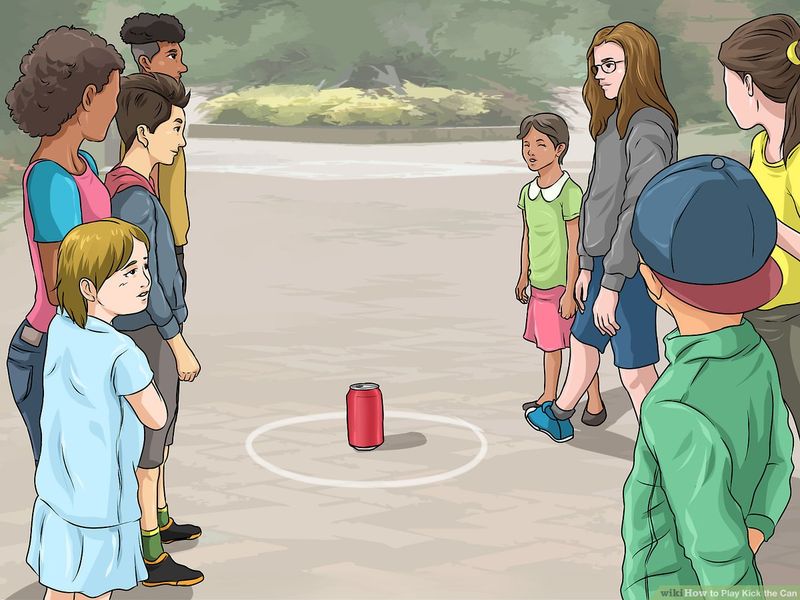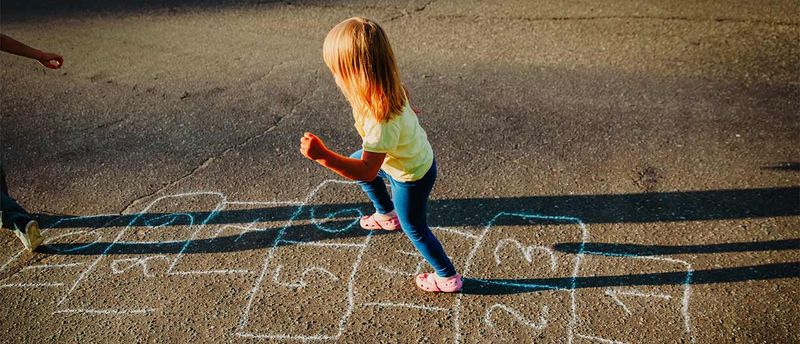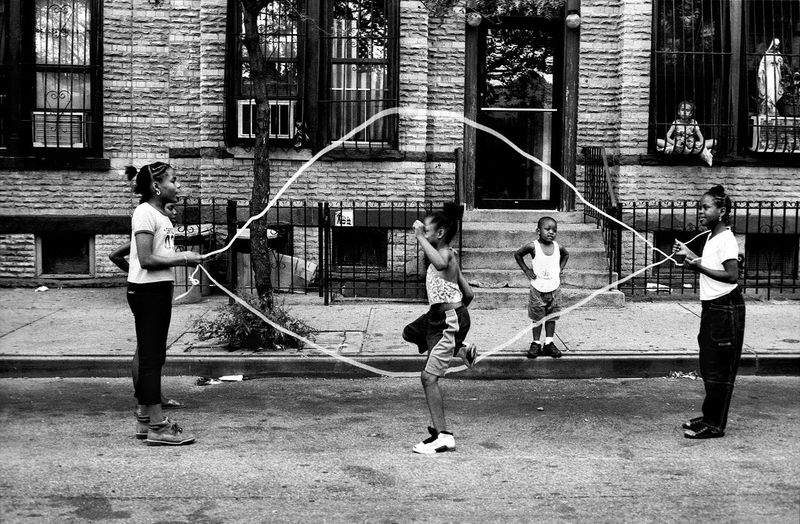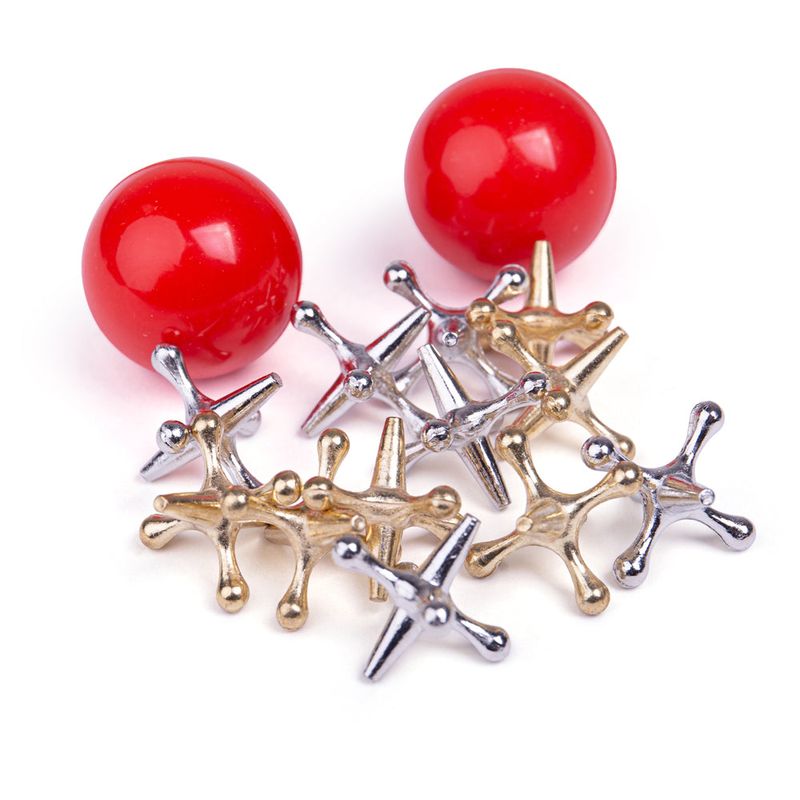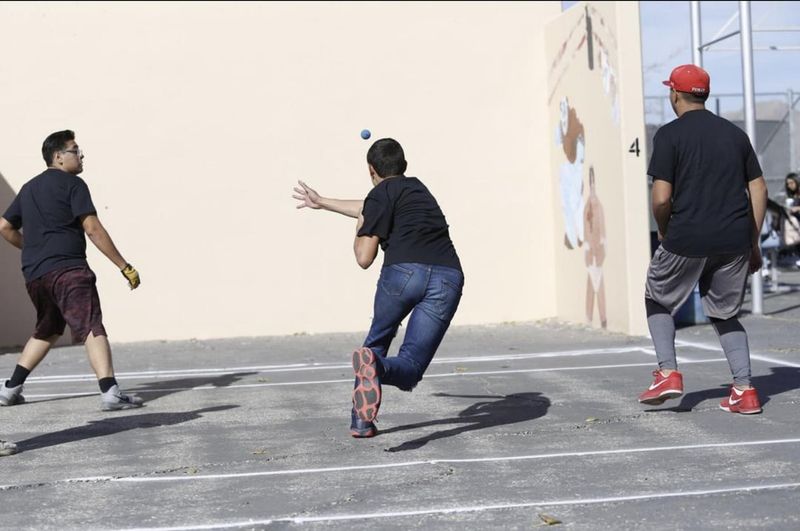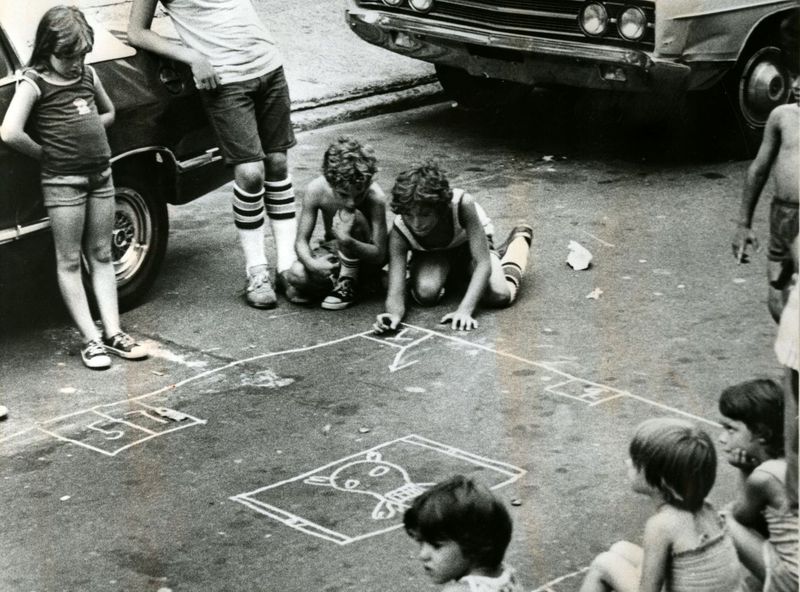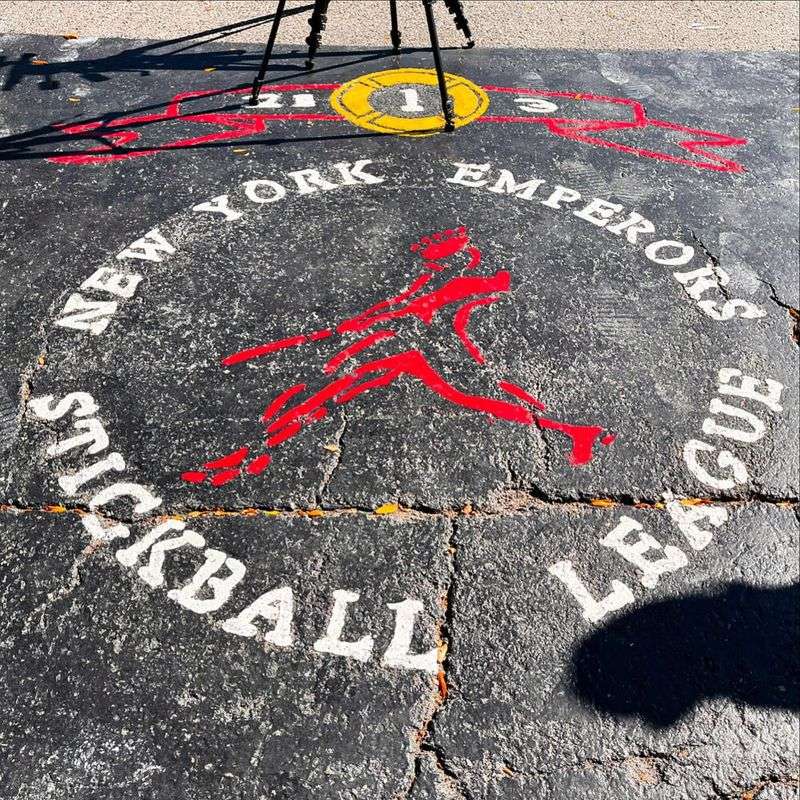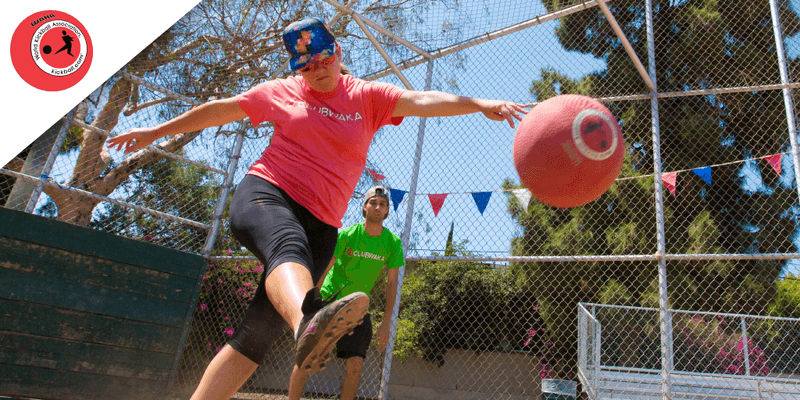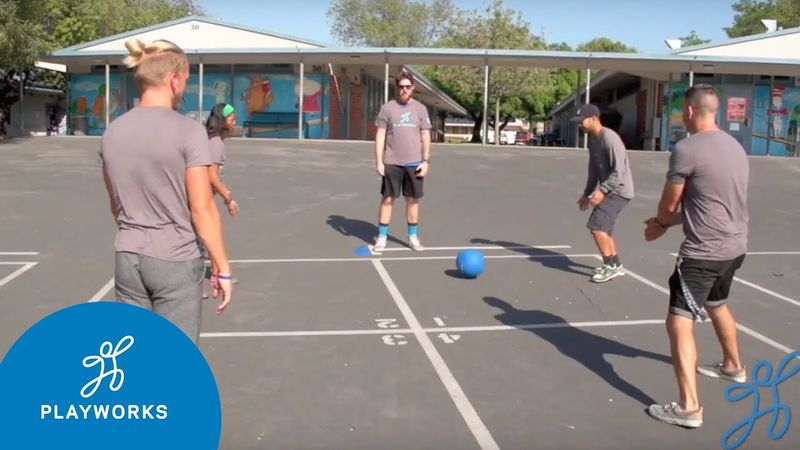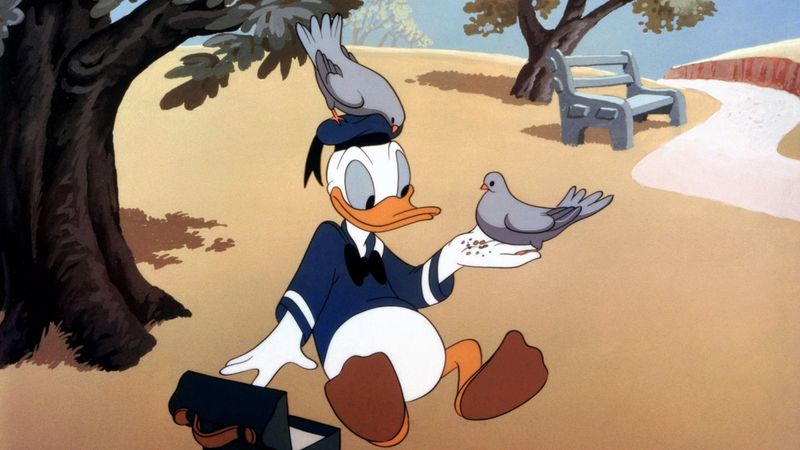Do you ever grab a memory so clear you can almost feel the dirt under your nails, the sting of a scraped knee, or the echo of a dare shouted across the blacktop? I do. Then again, I was raised by a Boomer in a completely different time. And honestly, I wonder how many of those wild, messy, perfectly unsupervised games anyone will even remember in ten years.
These games weren’t just ways to pass time—they were how you figured out if you were brave, fast, or the kind of kid who made up the rules on the fly. Every game was its own little world, and every playground had its own legends.
Most of them are gone now, buried under asphalt, lawsuits, and screens. But if you ever played them, you know exactly what you lost. Here are 16 playground games Boomers played that barely exist now.
Let me rewind to a time when bruises were badges and imagination was law—because once you’ve known the freedom of these games, nothing else really compares.
1. Red Rover
The phrase “Red Rover, Red Rover, send Jamie right over” could spark absolute terror or wild courage, depending on whose name got called.
I remember the feeling in my chest—waiting, hands sweaty, knuckles white as I gripped the arm beside me, hoping the runner wasn’t bigger (or meaner) than me. This wasn’t just a game. For one frozen moment, it was survival, loyalty, and a little bit of healthy rebellion.
It usually ended with someone flat on their back or rolling in the grass, everybody laughing, a little winded, and sometimes pretending not to cry. The teachers always acted like they didn’t see, but they knew. It was all about testing limits—physical and social—and knowing who’d stand with you when things got rough.
2. Kick the Can
Imagine a twilight sky, the metallic clang of a can across the pavement, and the rush of hiding behind your neighbor’s hydrangeas. That’s Kick the Can. It’s the kind of game that made summer evenings stretch out forever.
There was this electric hope in your chest every time you made a break for the can—adrenaline, risk, and a tiny bit of mischief. It demanded creativity, lightning-fast feet, and a knack for squeezing into the smallest gap when the seeker wasn’t looking.
Most of us played until someone’s mom shouted from a porch. Today, the can sits rusty, untouched, outlived by LED screens and structured playdates. But for the kids who played, it was pure freedom, the sort that didn’t need a scoreboard or a trophy—just guts and a good hiding spot.
3. Marbles
You’d never guess something so small could feel so important. For us, marbles were currency, competition, and collection—sometimes all in the same afternoon.
There was a ritual to it: the satisfying thunk when you knocked someone’s marble out, the arguments over whether a thumb left the ground, the grudging respect for the kid who always won. It was hands-on, literal dirt-under-the-fingernails drama.
Everyone had a favorite shooter—the cat’s eye, the steelie—and sometimes you lost it all. Now, marbles collect dust in attic jars, but if you ever won big, you know the pride lasted way longer than the glass itself.
4. Hopscotch
The steady rhythm of feet on chalk, the pressure of balancing just right, and the hope your pebble didn’t land on a crack—hopscotch was hardly about winning. It was about who could pull off the best hops, who could invent a new rule, and who dared to color outside the lines.
I swore my lucky stone made me jump farther. The game looked simple, but it was always about more than just numbers and squares—coordination, poise, and a kind of gentle confidence that stuck with you long after the chalk washed away.
These days, the only hopscotch I see is printed on playground mats, sanitized and permanent. Somehow, it misses the magic of chalky hands and improvisation, but I still catch myself wanting to draw those lines.
5. Double Dutch
It was never just about jumping. Double Dutch was about timing, rhythm, and the kind of trust you only build with friends who know exactly when to yell, “Jump in!”
My feet tangled more often than not, but that didn’t matter. Every perfect jump—the kind where you caught the beat and felt like you flew for a second—meant you belonged, at least for that minute.
It didn’t matter how fancy your moves were; it was about showing up, shouting encouragement, and laughing together when things went sideways. Now, you mostly see Double Dutch in nostalgia videos, but anyone who played remembers the rush of finding your moment in the chaos.
6. Jacks
It’s wild how much tension you could pack into one red rubber ball and a handful of metal stars. Jacks wasn’t about brute force—it was about nimble fingers, focus, and a little bit of luck.
You learned quickly to move fast but not rush, to watch someone else’s technique, and to try to hide your nerves when it was your turn. Every round felt like it could last forever or end in a heartbeat—depending on whether you caught the ball before it bounced a second time.
We used to play on the roughest part of the sidewalk, hands smarting and knees scraped, refusing to quit until someone called us for dinner. Jacks faded away quietly, but I can still feel that thud of the ball in my palm.
7. Tetherball
You didn’t have to be tall or fast to own the tetherball court, but it helped if you were stubborn. There’s a real power in that first solid smack, the ball whirling so fast it became a yellow blur.
Most matches ended in an argument—was it a foul? Did the rope knot count? The best games always had a little edge, a little grudge, and the kind of satisfaction you only get from winding that ball so tight the pole sings.
They tore most of the old poles down years ago, but sometimes I catch a glimpse of one, crooked and rusted, and I remember how much it meant to win, just once, before the bell rang.
8. Capture the Flag
Some playground games felt endless, and Capture the Flag was the king of them all. It was strategy, stamina, and sneaky alliances—plus the thrill of tearing across the grass with the other team hot on your heels.
Getting tagged in enemy territory felt like a tragedy, but the glory of snatching that flag and making it back to your side? Pure euphoria. Some days, it was the only way shy kids got to be the hero.
Every game became an epic tale retold on the bus ride home. Now, it’s mostly a summer camp relic, but the giant games where everyone joined in? Honestly, I miss how they made everyone feel seen, even just for an afternoon.
9. Chinese Jump Rope
Pattern, repetition, a little bit of daring—Chinese Jump Rope was half dance, half memory test. You’d chant the patterns (“In, out, side, on!”) and hope your footwork kept up with your imagination.
The elastic snapped against your shins if you missed, but there was a thrill in getting further each time: ankles, knees, then up to the waist. And of course, the arguments over whether someone cheated or not were half the fun.
Few kids play now—elastic jump ropes are rare, and the patience for hand-made rules may be rarer. But the best part was always inventing new moves, pushing boundaries, and laughing at the weird tangles you’d end up in together.
10. Wall Ball
The rules changed every week, depending on who you asked. Wall Ball was the unofficial sport of recess, a test of reflexes and bravado on any blank, sturdy surface.
That hard rubber ball hurt if you missed, but catching it clean felt like a tiny victory. The best players could predict the wildest bounces, earning secret respect or a little envy from everyone watching.
Arguments about “outs” and “pegging” were constant, but so was the laughter. These days, blank walls are for murals or security cams, and the sound of a ball smacking brick is just a memory for most.
11. Skully
If you never played Skully, you missed out on the purest street game magic. We used bottle caps weighted with wax or clay, flicking them across chalked boards with numbers and traps.
The game had unofficial rules, local quirks, and required a kind of patience that most adults forget. A good “skully” cap was treasure, and making a knockout shot meant street cred for days.
You’ll barely see a Skully board now—sidewalks are kept spotless and most kids never learn the secret. But for those who did, the memory sticks: knees aching, hands chalky, and the sense that you owned your little piece of the city.
12. Stickball
Stickball was the great equalizer—no fancy equipment, just a broomstick, a ball, and enough space to run. The street itself shaped the game: potholes, manholes, parked cars all part of the challenge.
Sometimes the bases were sewer lids or chalk marks, and home runs depended on who was watching from the windows. There were neighborhood rivalries, secret handshakes, and the kind of arguments that only ended with dinner’s call.
Cops and cars interrupted more games than you could count, but every inning felt like it mattered. Today, stickball is a rare sight, but ask anyone who played and they’ll tell you—it made every block feel like Yankee Stadium for an hour.
13. Kickball
Kickball turned the quietest kid into a legend for one afternoon. With every wild, bouncing pitch, the whole class held its breath—would it be a home run or a wild chase after the ball?
No one cared if you couldn’t throw straight, as long as you could kick that red ball with everything you had. Arguments over outs and missed bases started and ended with laughter or groans, never grudges.
The best games made recess feel too short, and everybody got to play, no matter their skill. Now, kickball’s mostly reserved for gym class or nostalgia nights, but for boomers and us raised by one, it brought the kind of joy that stuck around long after the bell.
14. Four Square
Four Square, a captivating game of agility and strategy, once ruled playgrounds. Players stood in four adjoining squares, bouncing a ball between them. Each hit brought a mix of anticipation and delight.
The objective was simple: outlast opponents by forcing them to miss the ball. Strategically angled shots and quick reflexes determined victory.
Though seemingly simple, this game required keen observation and decision-making skills. Often, schoolyard legends emerged from thrilling matches. Did you know? Four Square’s origins trace back to the early 20th century, evolving as rules spread by word of mouth. Today, it’s a rare sight.
15. Duck on a Rock
Duck on a Rock, a curious blend of strategy and strength, enchanted generations. Players aimed to knock a “duck” off a rock, then quickly retrieve their throw before being tagged.
A thrilling chase ensued after each throw, combining elements of tag and target practice. The game required not just precision but quick thinking.
The excitement of chasing and dodging was unmatched. Interestingly, historical records suggest this game may have been played during medieval times, making it a timeless classic. Its simplistic charm and competitive spirit are fondly remembered but hardly seen now.
16. Statues
This was a game of spontaneity and stillness that delighted countless children. With just a simple call, one leader could freeze everyone into imaginative poses.
The challenge? Holding that pose without laughing, wobbling, or falling as the leader tried their best to make you break. Laughter always followed when someone cracked.
Balancing focus and fun, Statues wasn’t just a game—it was a burst of creativity wrapped in simplicity. Once a backyard favorite, it’s now mostly a nostalgic memory, rarely seen on today’s playgrounds.



